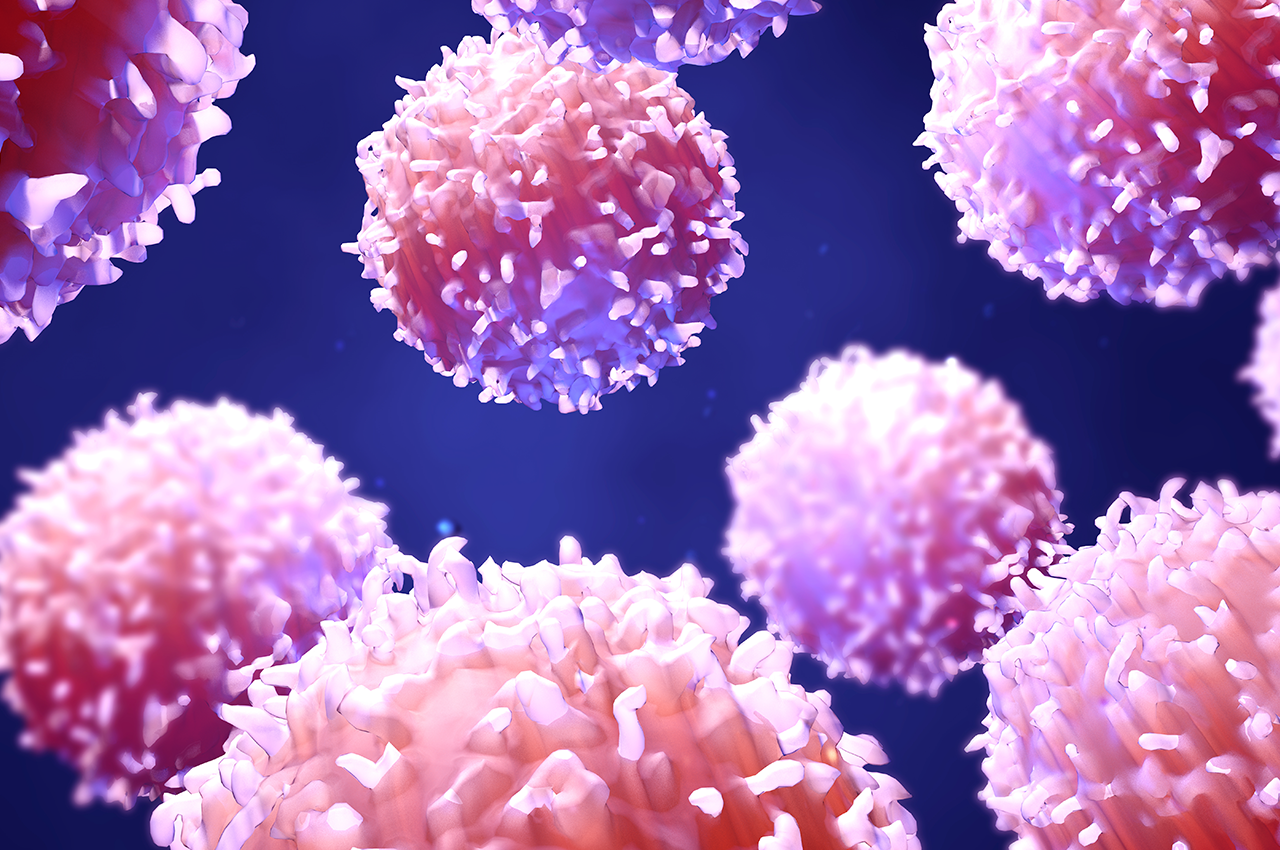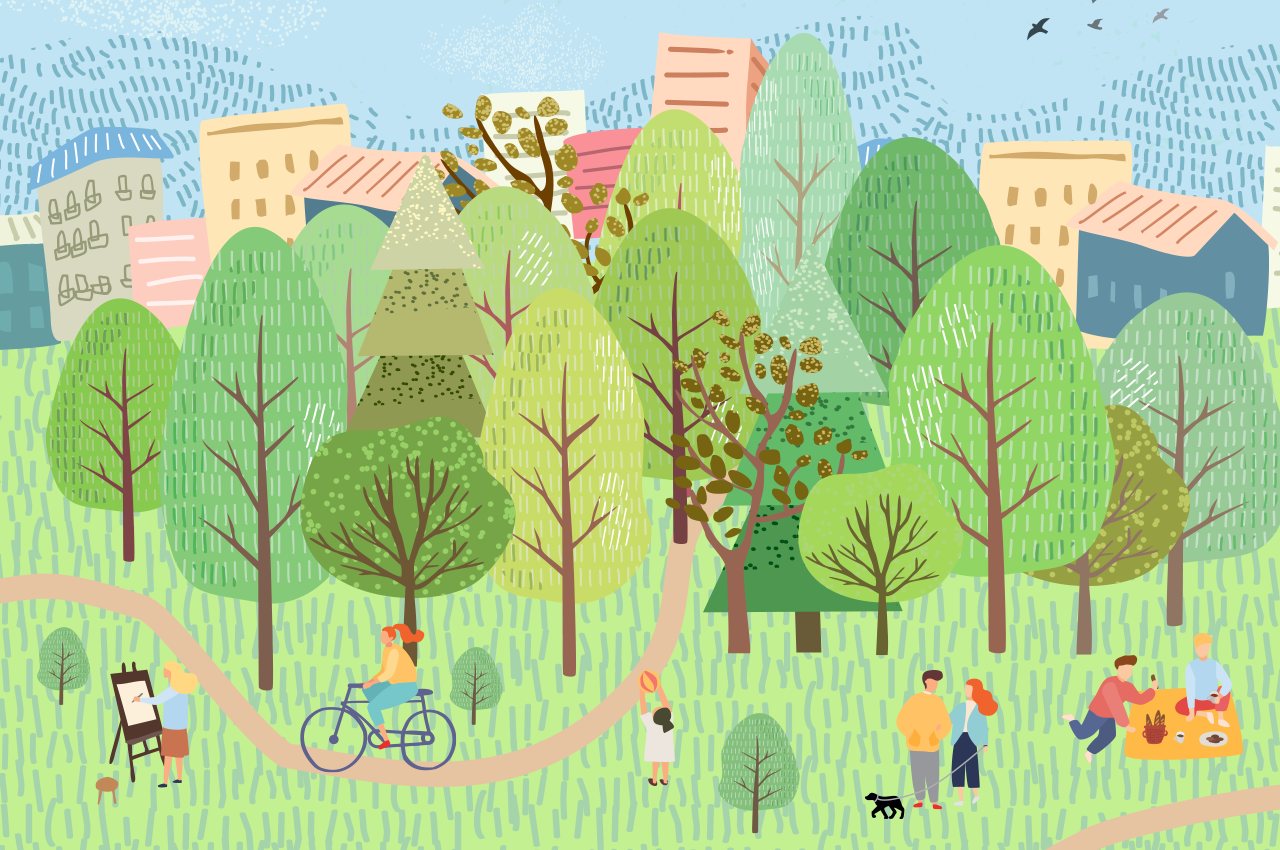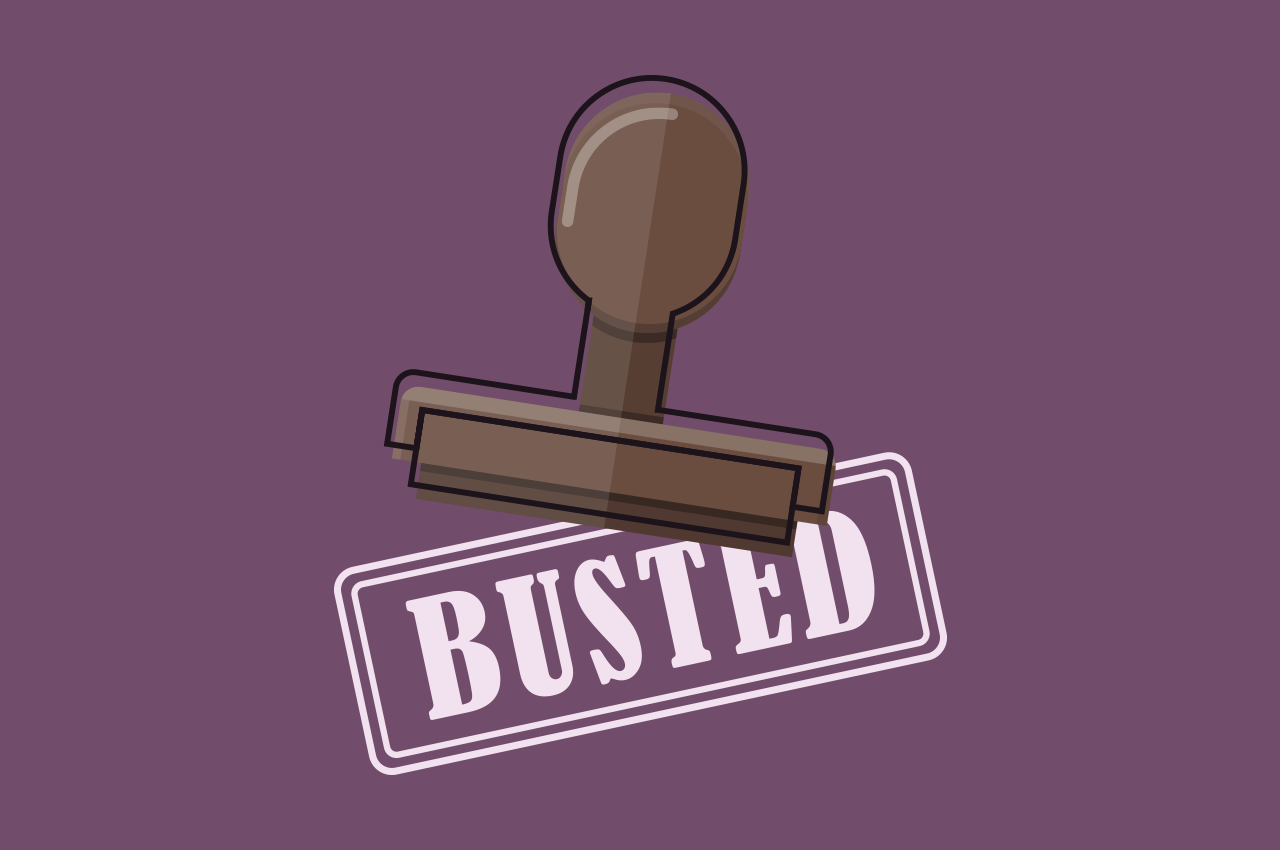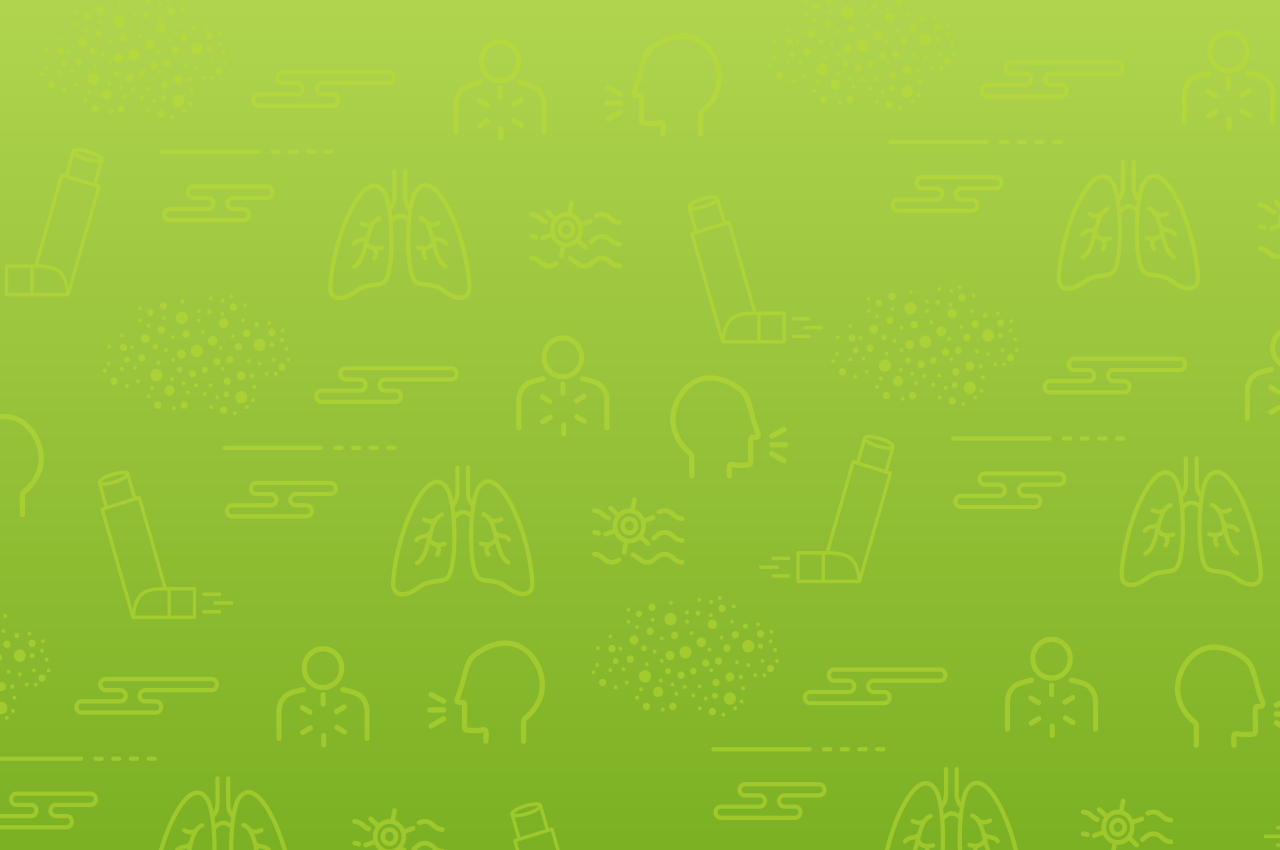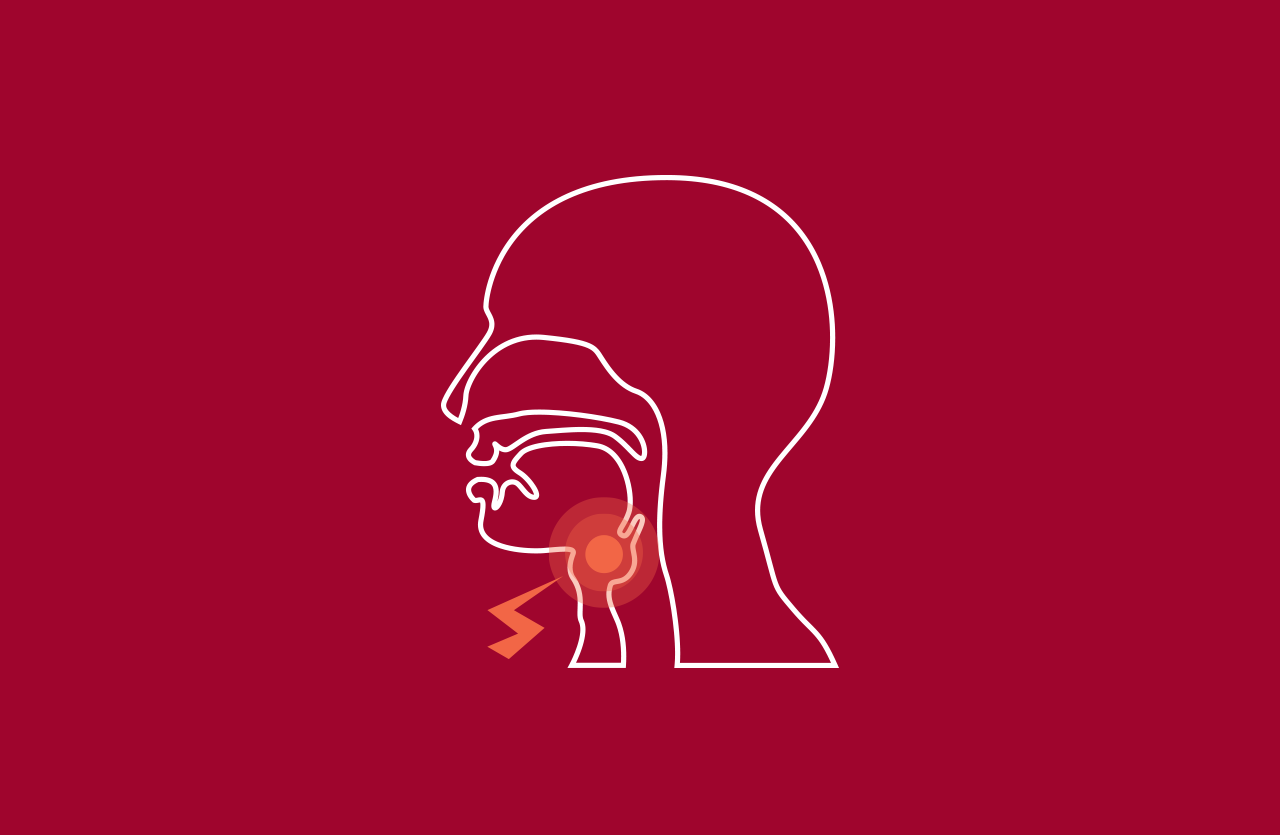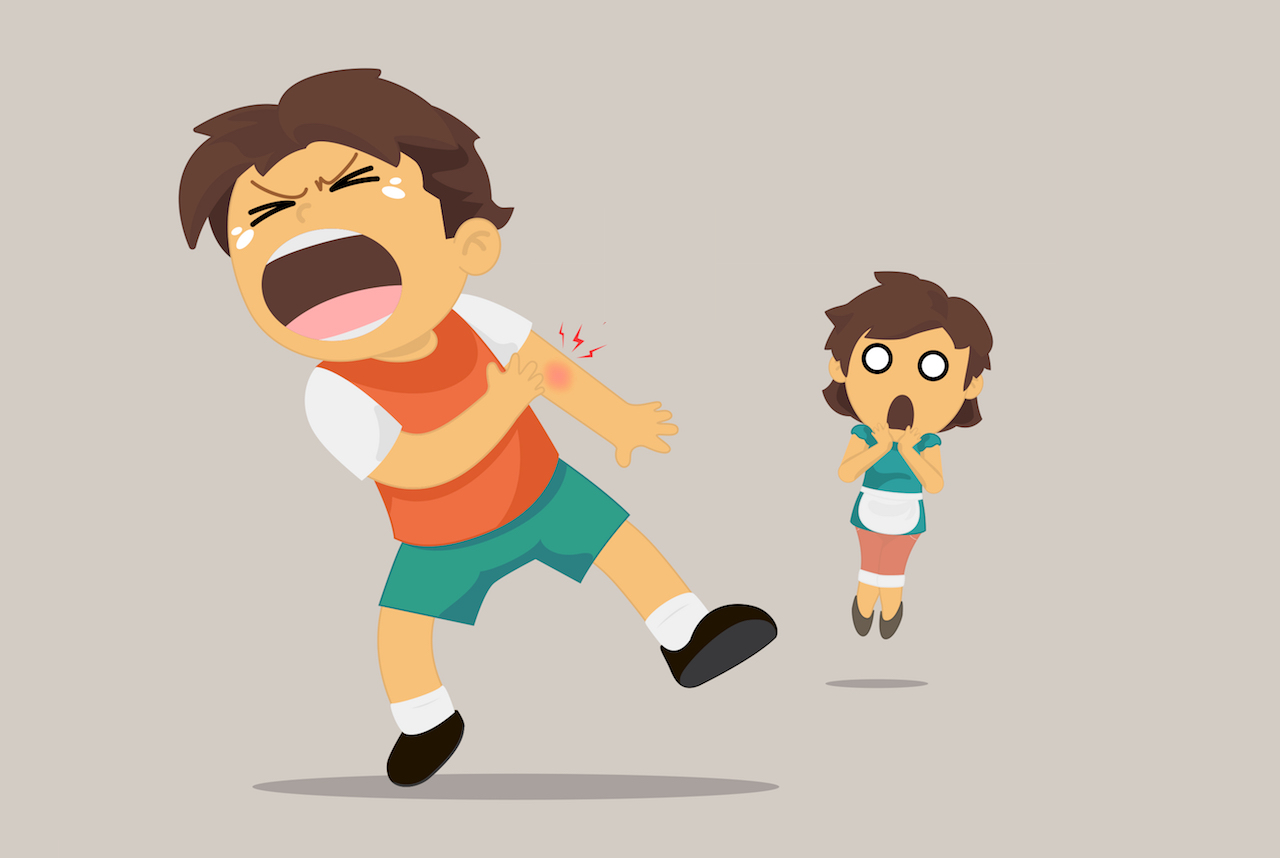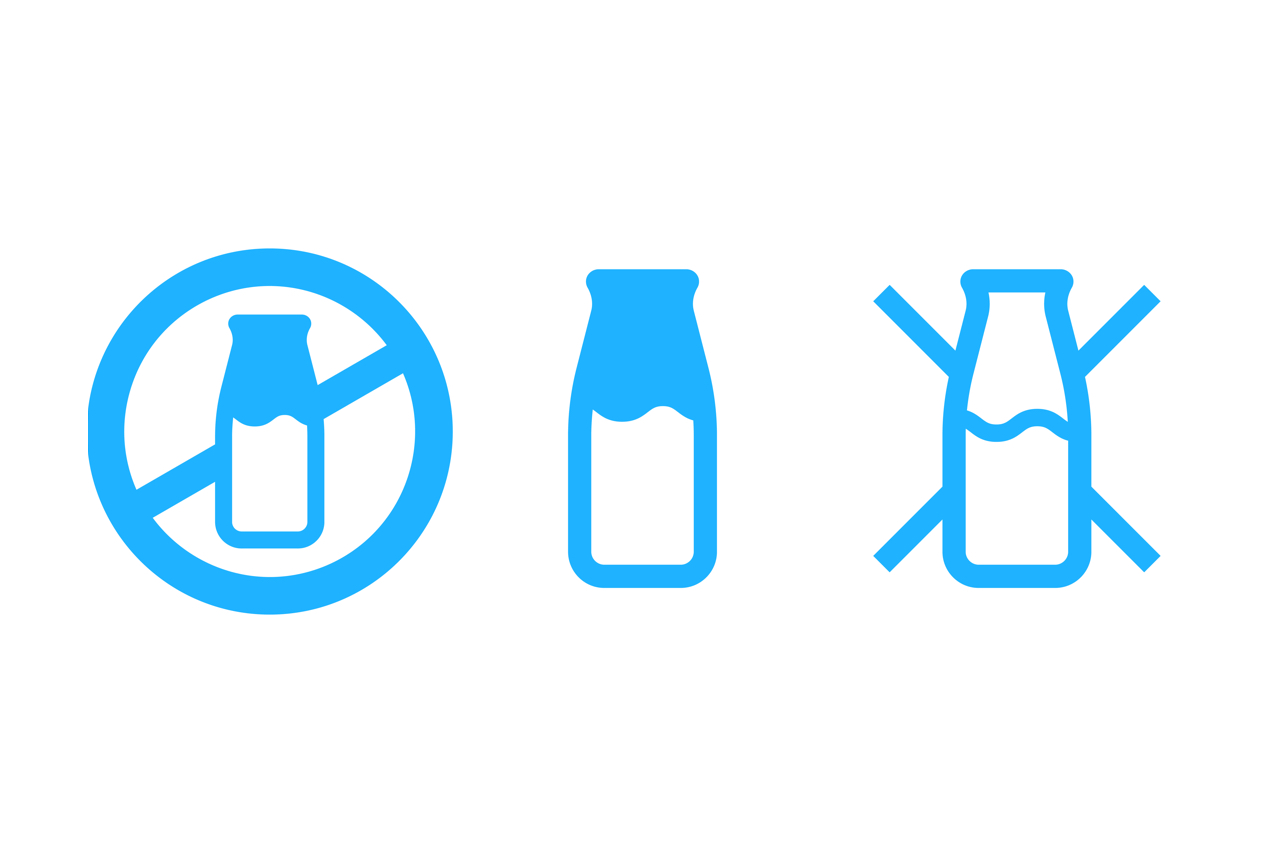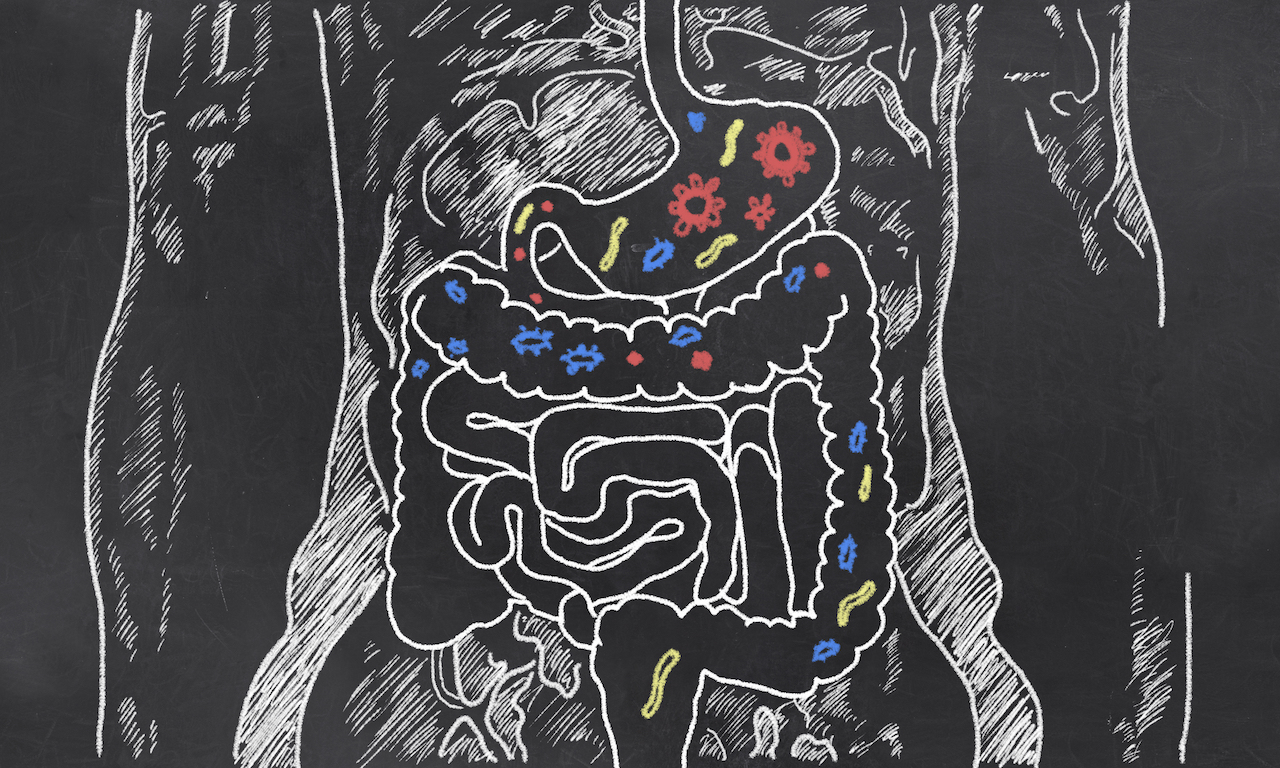Immunotherapy, also called biologic therapy, is a type of cancer treatment that boosts immune cells to help tackle cancer. It uses substances made by the body or in a laboratory to improve or restore immune system function.
The treatment may work by:
- Stopping or slowing the growth of cancer cells.
- Stopping cancer from spreading to other parts of the body.
- Helping the immune system work better at destroying cancer cells.
Your immune system is made up of white blood cells, organs and tissues of your lymph system, like your bone marrow. Its main job is to help your body fight off diseases and stay healthy.
Immunotherapy helps your immune system work harder and makes it easier for it to locate and target cancer cells.
Allergies and immunotherapy
Because of how immunotherapy boosts the immune system, it could also be used to treat certain allergies. In people with allergies, their body is oversensitive or hypersensitive to an allergen (the substance that causes their allergic reaction).
With allergen-specific immunotherapy, people are given allergen extracts to desensitize them to the allergen by training their body to react differently.
Like being vaccinated against your own allergy, the allergen extracts can be injected or taken as tablets or drops.
However, allergen-specific immunotherapy can’t be used for every allergy. It’s called “specific” because the allergen extract must be tailored to the person’s allergic response. These allergen extracts aren’t available for every allergy trigger.
There are currently allergen extracts that have been approved for the treatment of allergies caused by the following:
- Grass pollen.
- Grain pollen.
- Weed pollen.
- Tree pollen.
- Dust mites.
- Wasp and bee venom.
It’s also possible to do immunotherapy with allergen extracts that haven’t been approved, like if you are allergic to cats or mold. But unlike with the approved allergen extracts, there’s no guarantee that unapproved ones will be effective.
Risk factors
While this may be a promising form of treatment, it is not without side-effects, which could include
- A bad skin reaction.
- Rev up your immune system and make you feel like you have the flu, chills, and fatigue.
- Swelling, weight gain from extra fluids.
- Heart palpitations.
- A stuffy head.
- Diarrhea.
- Your immune system may attack organs like your heart, liver, lungs, kidneys, or intestines.

